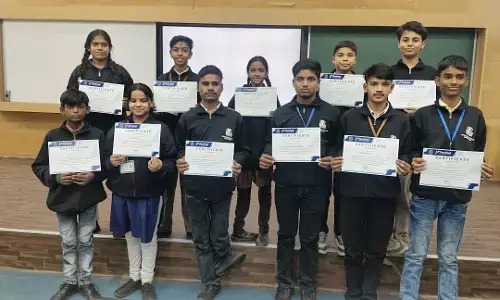Google Admits Editing "What the Quack" Demo for Gemini AI Launch

Google recently introduced a new AI, but concerns have arisen regarding the accuracy of its promotional material.
The demonstration video presented by the company showcased a conversation with Gemini, the new AI, as it identified real-time drawings. However, it has been revealed that the video was edited and did not involve an actual spoken prompt.
Gemini, touted as Google's most advanced suite of AI models, has faced accusations of misrepresenting its capabilities. A Bloomberg op-ed by Parmy Olson alleges that the video, which displayed impressive multimodal features of Gemini, was misleading.
But click on the video description on YouTube and Google will have an important disclaimer: “For the purposes of this demo, latency has been reduced, and Gemini outputs have been shortened for brevity.”
In the video, Gemini appeared to swiftly recognize images, respond rapidly, and track real-time movements in a cup and ball game. Olson's criticism revolves around the revelation that the video demo did not occur in real-time with spoken prompts. Instead, it used still image frames from raw footage and scripted text prompts to which Gemini responded. "That’s quite different from what Google seemed to be suggesting: that a person could have a smooth voice conversation with Gemini as it watched and responded in real-time to the world around it," Olson writes.
While it is common for companies to edit demo videos to avoid technical glitches, Google has faced scepticism in the past due to questionable video demos, such as the case with Google Duplex. The lack of ambient noise and overly helpful employees in demos has fueled suspicion. Olson argues that Google's approach may be an attempt to overshadow the fact that Gemini lags behind OpenAI's GPT.
Google defends its video demo by referring to a post from Oriol Vinyals, the vice president of research and deep learning lead at Google’s DeepMind, who co-leads Gemini. Vinyals explains that the team provided Gemini with images and texts, asking it to predict the next steps.
“All the user prompts and outputs in the video are real, shortened for brevity,” Vinyals says. “The video illustrates what the multimode user experiences built with Gemini could look like. We made it to inspire developers.”
Despite Google's explanation, Olson suggests that to gain trust and inspire developers, Google should allow journalists and developers to experience Gemini firsthand. Instead of relying on edited promotional material, she advocates for public beta testing to showcase the AI's true capabilities.
















